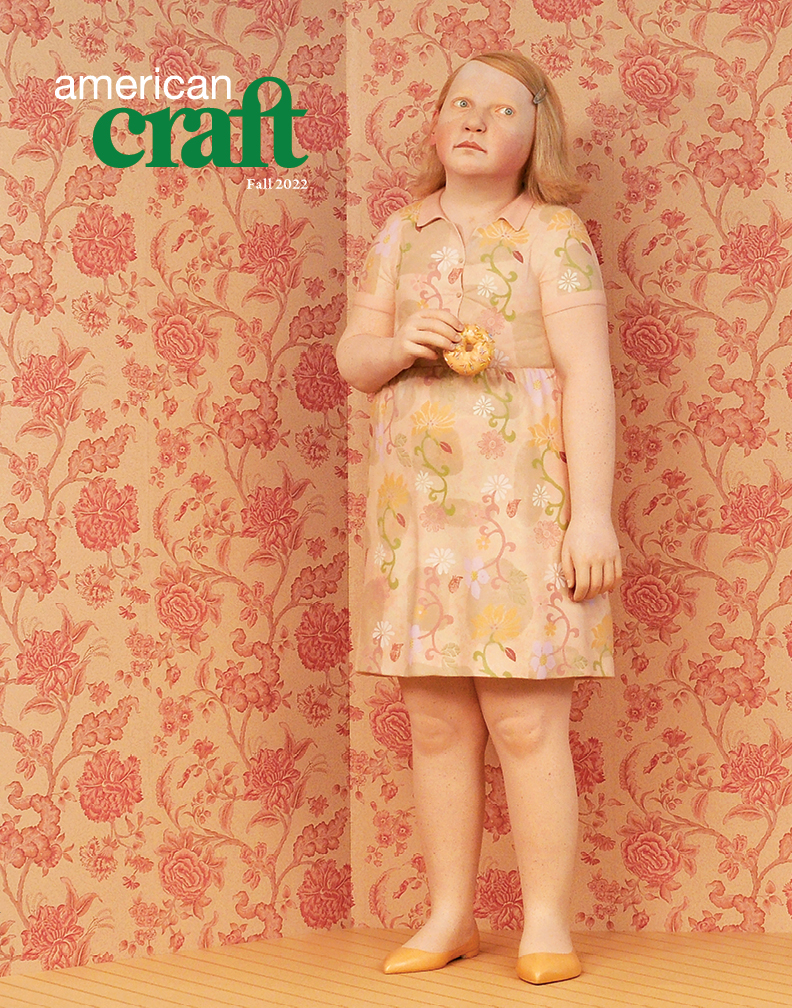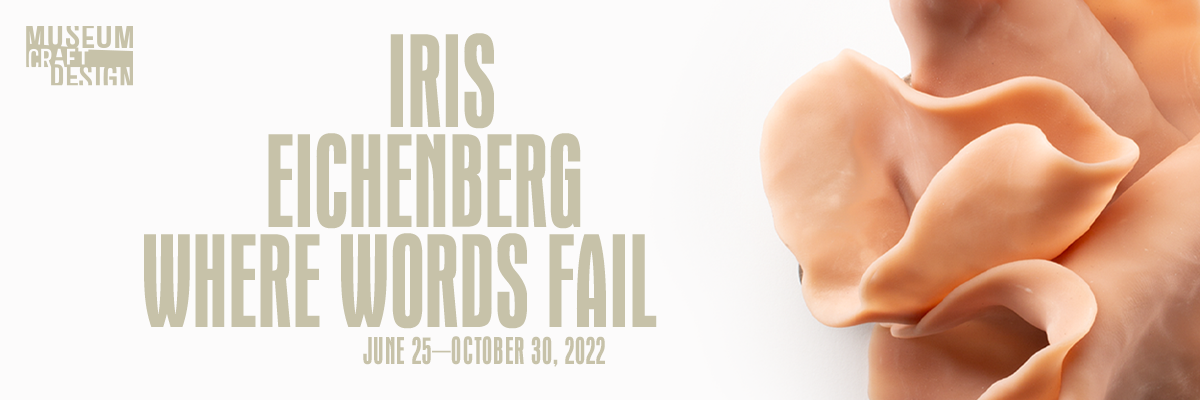The Queue: Conrad Calimpong
Get to know the people featured in the pages of our magazine as they share what's inspiring them right now.

A biweekly roundup for and by the craft community, The Queue introduces you to the artists, curators, organizers, and more featured in American Craft. Our Fall 2022 issue is centered on the theme "Gather" and is out now! Join now to reserve your copy. In The Queue, we invite the inspiring individuals featured in this issue to share personally about their lives and work as well as what's inspiring them right now.
Conrad Calimpong is a ceramist who lives and works in Ferndale in rural Northern California. Working with clay since 1969 and wood-firing since 1985, his love of the medium grew out of a high school summer job cleaning a community college ceramics lab. “I became fascinated watching the older college students throwing on the wheel and hand-building. I was hooked,” he says. Claire Voon wrote about his kilns and the community surrounding them in “Kilns That Build Community” in our Fall 2022 issue.
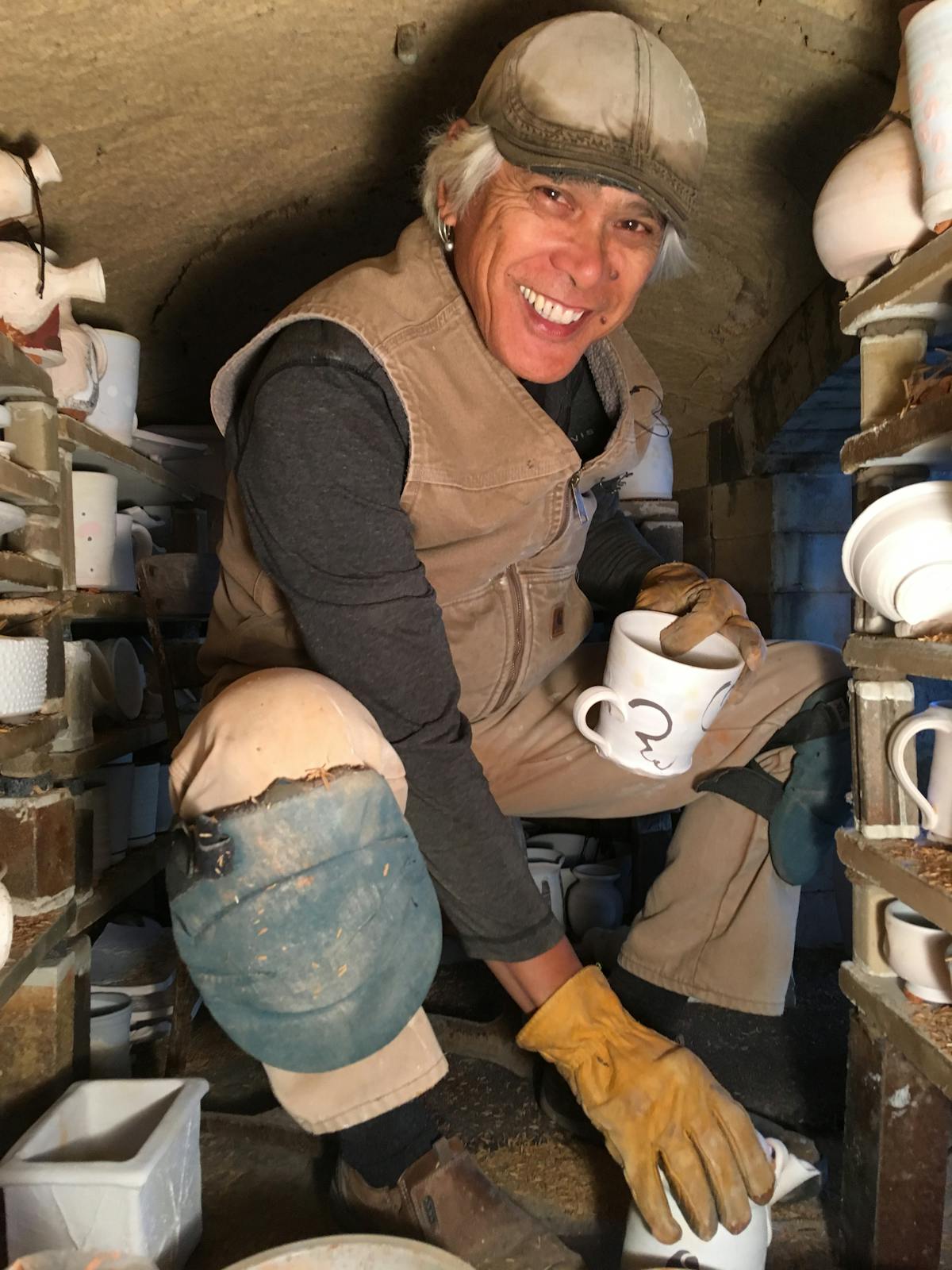
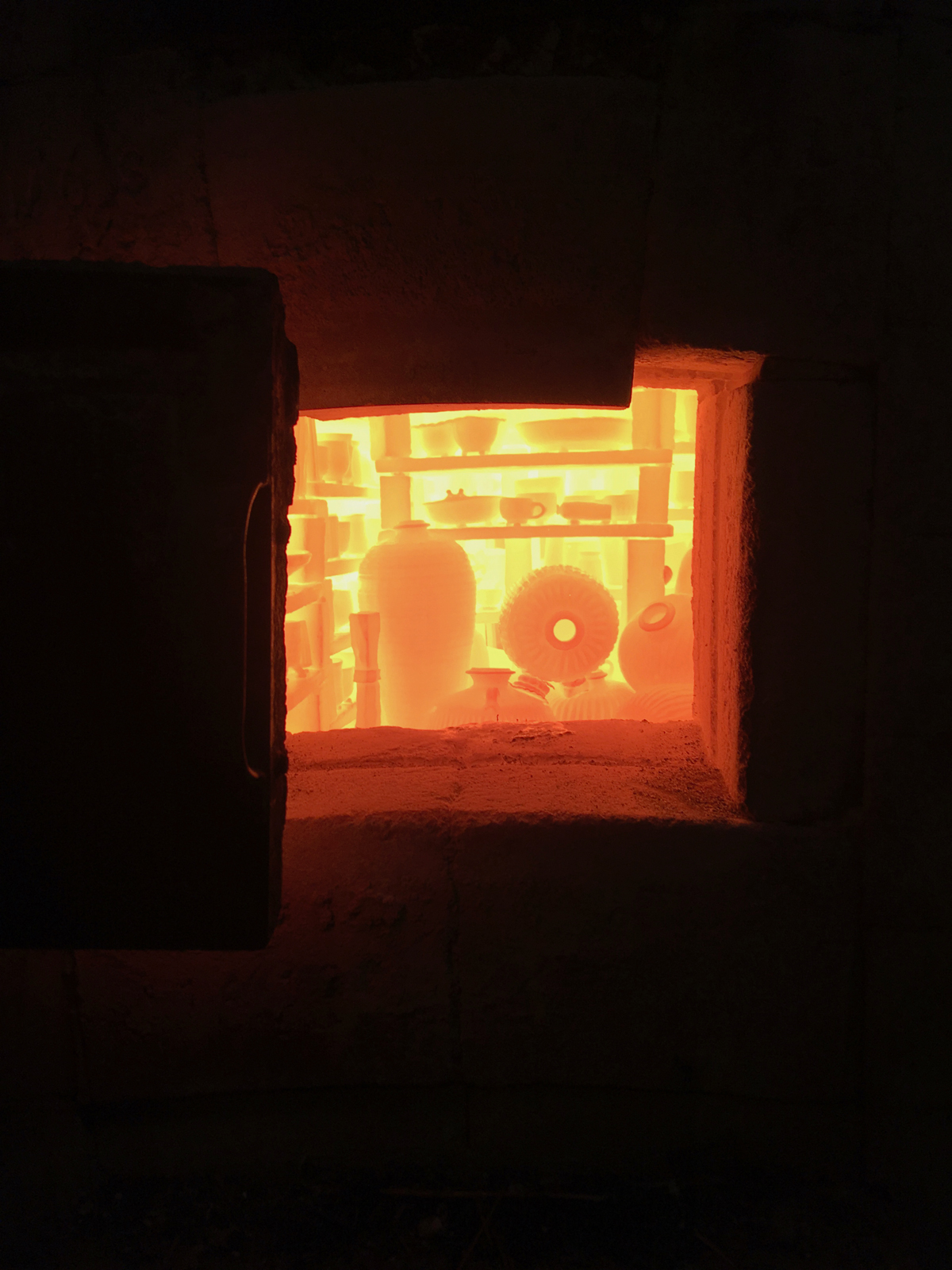
LEFT: Portrait of Conrad Calimpong in his kiln. Photo by Leslie Rohan. RIGHT: Firing in progress. Photo by Conrad Calimpong.
How do you describe your work in 50 words or less?
Wood-firing since 1985 has connected me to a long line of ceramic history. Without fire, ceramics would not exist. The process can be controlled to some extent, but in the end you can never really control fire. This is what I love about wood-firing and the surprises that it brings.
In the Fall 2022 issue of American Craft, you describe a global community that gathers around your kilns. Since COVID-19, how have you rebuilt the community that gathers to use your kilns?
The pandemic has postponed some of my firings, and as some of my colleagues get older, traveling for our firings takes more consideration and may be unfeasible. Inviting younger artists has always been a pleasure, and the interaction between the young and the old has been beneficial for all involved.
Living and working with wood-fire kilns in Northern California, fire danger is a constant threat. How does this affect your ceramics practice?
Fortunately, I live four miles from the ocean and away from the inland heat. Commonly in the summers, we experience fog and much cooler temperatures brought on by warmer temperatures inland. The area where I live stays green most of the year, and I can fire almost year-round.
What are you working on right now?
Currently I am rebuilding my wood-fired salt kiln. Last December’s earthquake caused part of the arch to fall in. I am replacing the brick arch with a castable refractory, and working on some functional ware and sculpture to fire when the kiln repair is done.
What’s one of your go-to / favorite tools in your tool kit that the world should know about?
I have a plate rib that I made years ago. It is an elongated steel triangle that has two straight sides and a long slow curve on the other. The short side is used to compress the bottom of flat-bottomed mugs.
If today you could have any craft artist’s work for your home or studio, whose would it be and why?
San Francisco’s de Young Museum has a meiping vase from the Song dynasty that I love. It is a classic and unpretentious pot covered in a turquoise opalescent glaze. The pot is roughly thrown and the potter is unknown, but this does not diminish its beauty and noble stature.
Which craft artists, exhibitions, or projects do you think the world should know about, and why?
The work of the late Bay Area potter Eric Norstad should be more widely known. His work influenced many local potters in the 1960s and 1970s. Fred Olsen’s work should also be more widely known—his influence in the wood-fire community worldwide is understated and underappreciated.
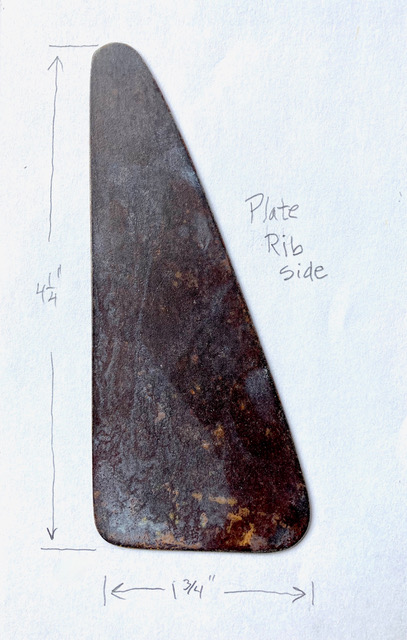
Plate rib made by Conrad Calimpong. Photo by Conrad Calimpong.
Inspired by the people featured in The Queue?
Dive deeper into their work in the pages of American Craft magazine. Become a member of the American Craft Council to get a subscription and help fund a range of nonprofit programs that elevate the craft community.

